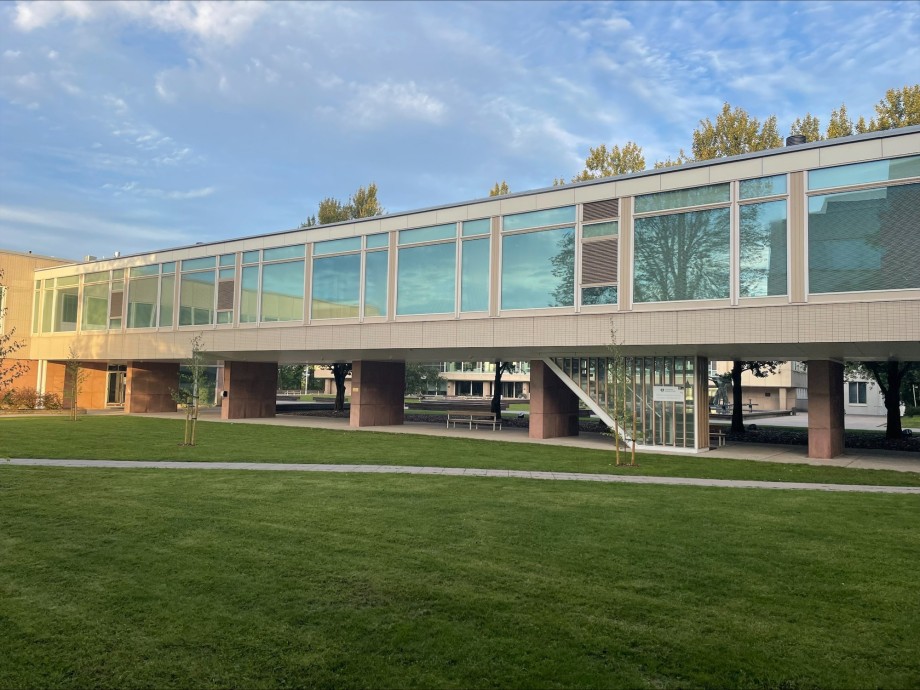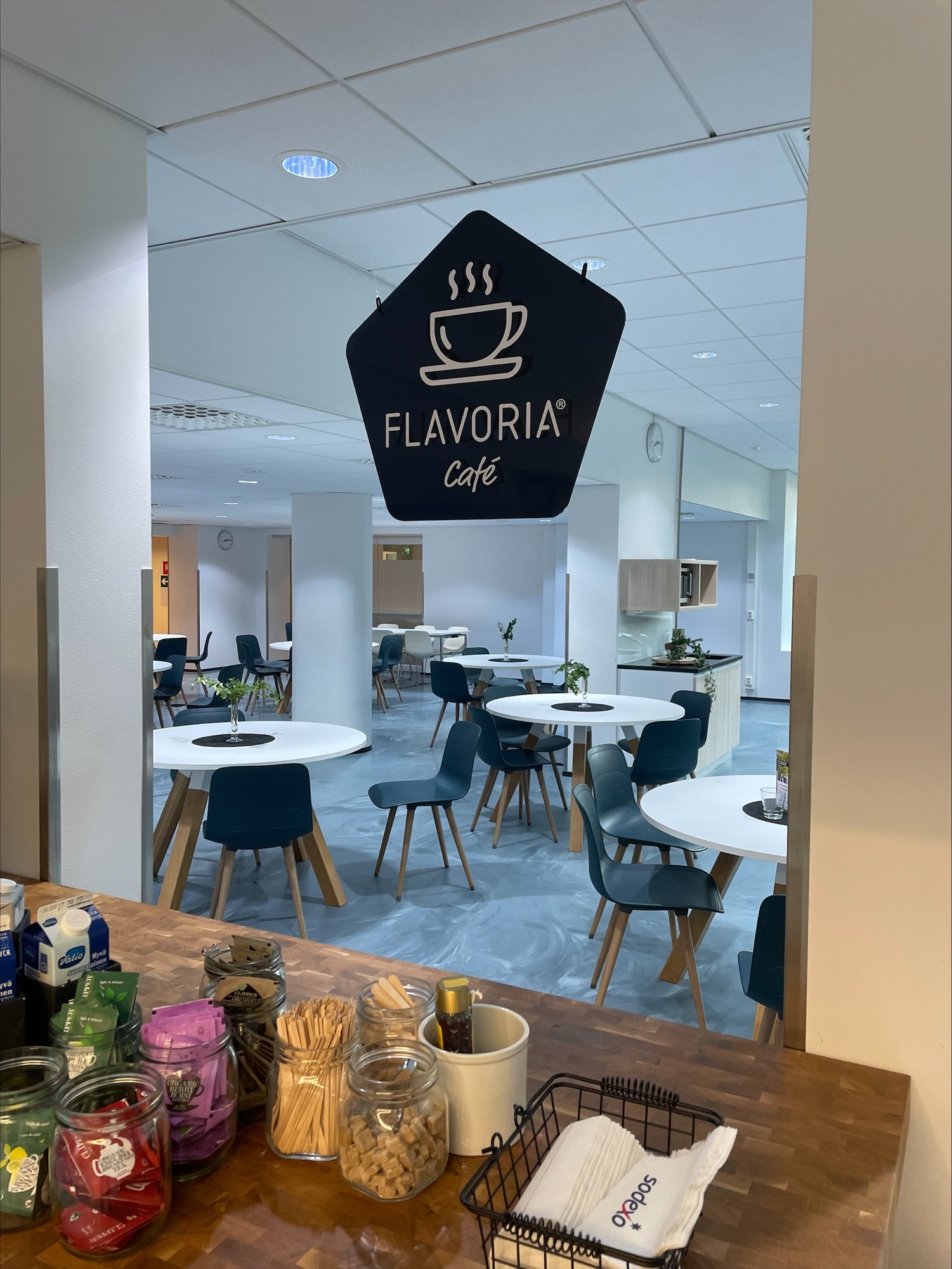In the months of August and September, professor Natalia Kucirkova had the pleasure to visit the University of Turku as part of the INVEST Fellowship Programme.

Blog text: professor Natalia Kucirkova
INVEST fellowships are short-term research visits to the flagship to collaborate on research projects. I collaborated with Professor Johanna Kaakinen, who is an expert in reading and cognition studies, and has conducted several fascinating studies on text comprehension and long-form narratives. Professor Kaakinen and I share a keen interest in understanding the mechanisms of reading: under which conditions do people read best and how can we facilitate these conditions? The goal of this research stay was to begin to explore these connections and engage our research teams in strategic collaborations.

While my work has been concerned with children’s reading, Professor Kaakinen works predominantly with adult readers. The University hosts a range of testing possibilities for the cognitive aspects of adults’ reading patterns. The Turku Eye Labs applies eyetracking and other methods to track behavioural engagement in reading, including EEG measurements. The Department of Psychology has specialists in language and linguistic development but also text comprehension and how longer connected discourse gets supported with various types of text.
When I visited, there were two European psychology conferences hosted by the University, which further underscores its name in the field. In 2023, The University of Turku hosted both the annual conference of The European society for cognitive psychology and of European conference of developmental psychology. I was lucky to meet several experts in psychology in one place, leading to lots of exciting conversations and networking opportunities.
But while Turku is well-known for its psychology research, not many people know that the city is also home to a world-class research laboratory focused on multisensory inputs. At the Flavoria Research Platform, the smells, but also taste and other senses are purposefully manipulated for researchers to explore in various areas of impact. The Flavoria Lab has the possibility to manipulate visual conditions of reading with special lights and projected images on the wall, together with sounds and smells. It is located right next to a restaurant, which facilitates research on healthy eating, consumption patterns and the connection between the chemosenses and wellbeing.

I was particularly excited about the smell possibilities in the Lab. As you can see in the pictures, there are various diffusers around the room that release smells through the air-conditioning in the testing area. That way, researchers can test whether the difference in smell makes a difference to participants’ reading. To me, this is a dream equipment because it creates optimal research testing conditions for ambient smell in a sensory interplay. As such, multisensory researchers can purposefully and precisely manipulate various sensory inputs and explore the effects in various areas of impact. Reading and the impact of various types of smell on reading has not been tested yet and it is our hope to capitalise on the fantastic research facilities in a range of experimental studies.
The SENSE-READ Centre is dedicated to exploring multisensory reading experiences in both children and adults and Professor Kaakinen is attending its launch in October to engage with our researchers and students. My presentation to the University of Turku was on 4th of September and it was well-received, especially by the trainee teachers who are keen to apply some ideas from the Sensory project into their classrooms. We also discussed the possibility of organising a scented story adventure tour for the local children. These are all exciting examples of how a research stay can enrich a project’s impact. I am very grateful to the INVEST programme for awarding me this Fellowship and stimulating the collaboration between our Centres.
